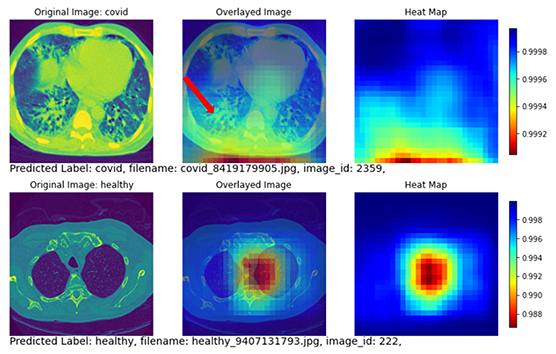
In her first blog post, SAS' Mu He shows you how to train a convolutional neural network that can accurately detect patients with COVID-19 using the transfer learning technique.

In her first blog post, SAS' Mu He shows you how to train a convolutional neural network that can accurately detect patients with COVID-19 using the transfer learning technique.

SAS' Scott Pope introduces you to an action set in SAS Viya called dlModelZoo that supports importing PyTorch models.
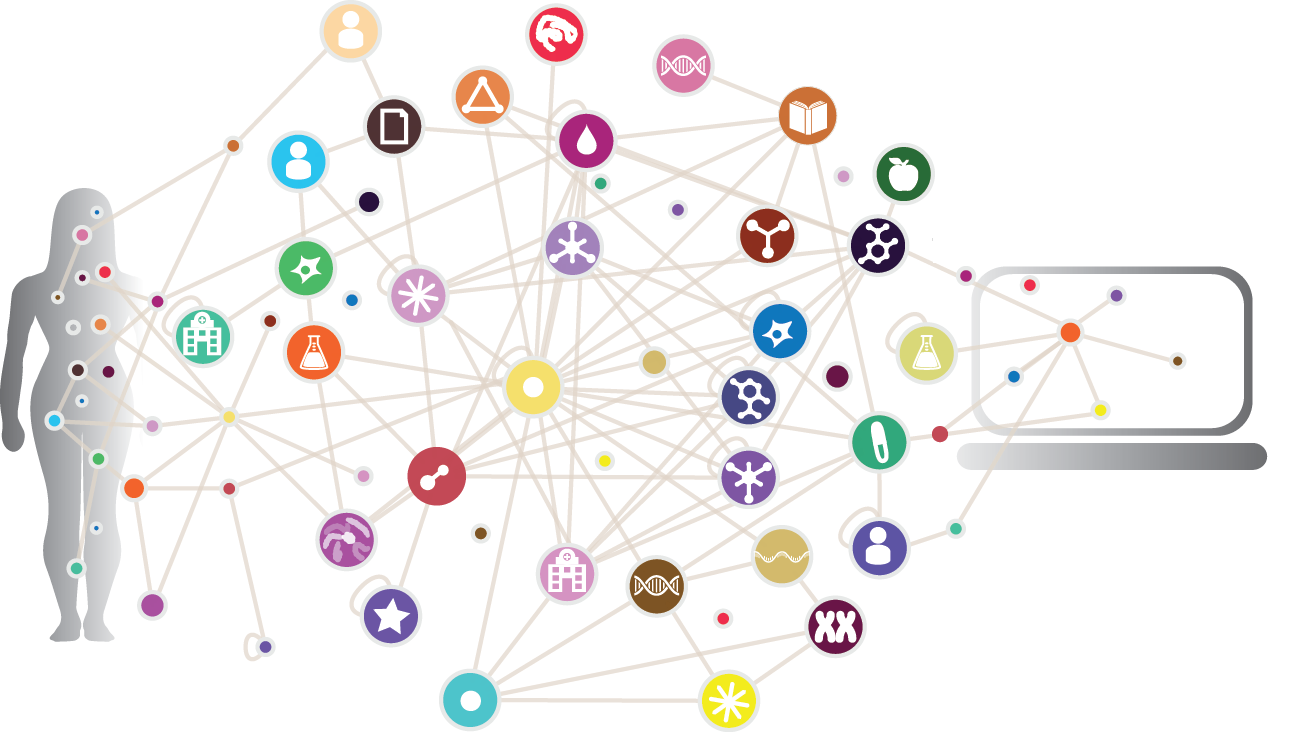
In this introduction to powerful knowledge graph tools, SAS' Brandon Reese shows you how they can predict disease similarity and compound similarity using an unsupervised approach.
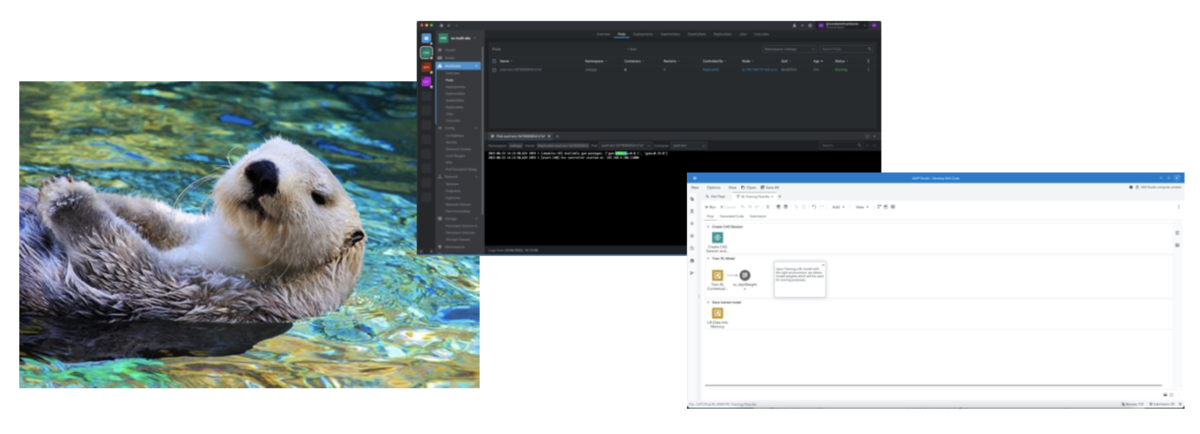
Wouldn’t it be cool if we establish a mechanism that provides more data scientists easy access to SAS Reinforcement Learning capabilities, from a centralized location and using a standardized approach?

SAS' Ricky Tharrington and Jagruti Kanjia explain two ways bias shows up in model predictions.
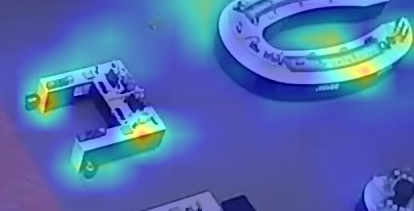
SAS' Jordan Leiker shows you how any CAS action can be used with image data to create heat maps.
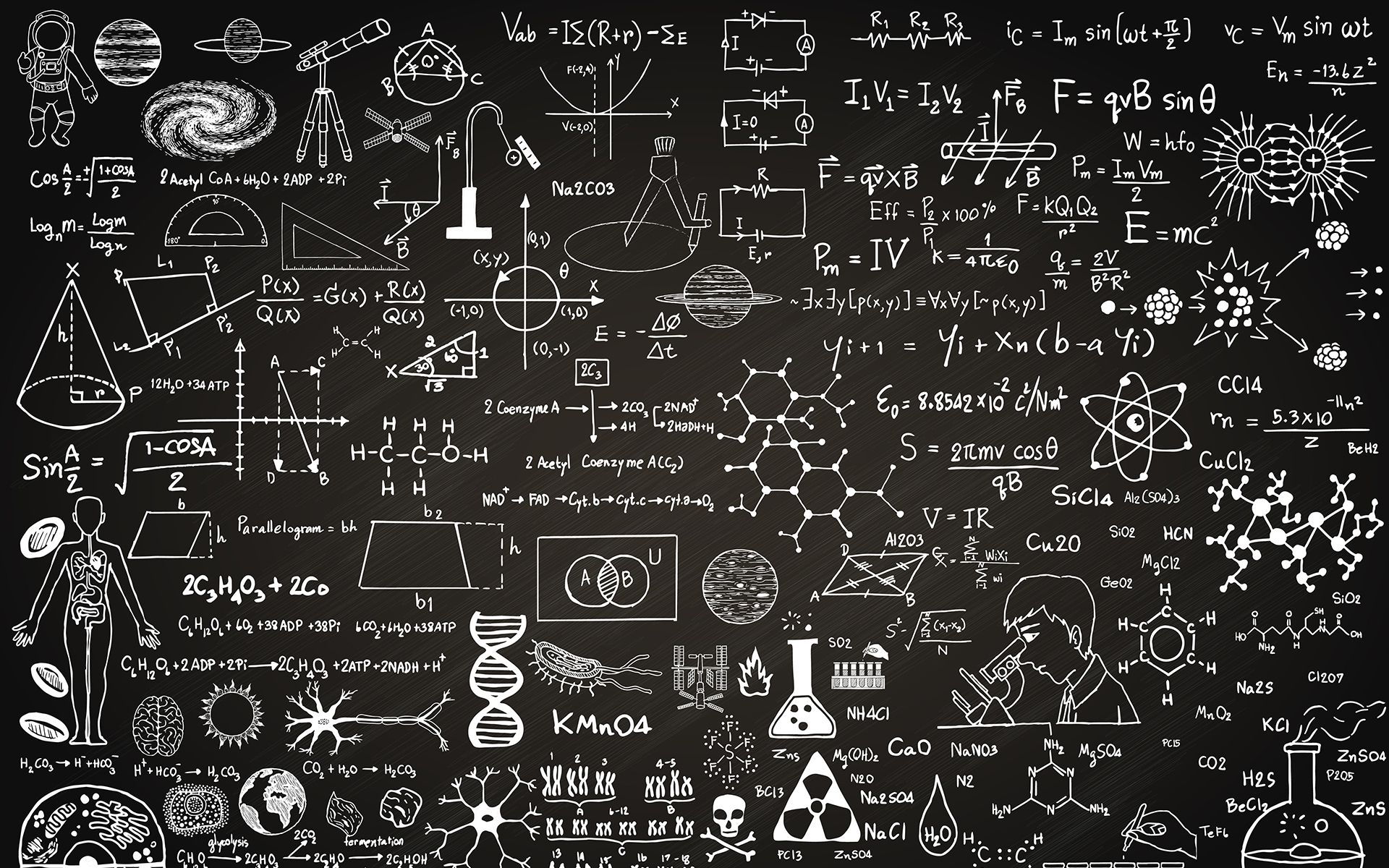
SAS' Brian Gaines provides a primer on GAMs.

SAS' Courtney Ambrozic highlights how to use SAS VDMML to assess lesion response to chemotherapy for patients with colorectal liver cancer.

SAS' Pankaj Telang shows you new image-specific processing capabilities in SAS Visual Data Mining and Machine Learning.

SAS' Bahar Biller, an operations researcher, details how to develop a supply chain digital twin.
SAS' Fijoy Vadakkumpadan, a computer vision expert, sheds light on how loadImages works in SAS Viya.

The computer vision team was recently presented with the following challenge concerning image matching performance. An insurance company has the capability to submit claims and supporting materials digitally via an online interface. They need, however, to be able to detect when images already used in previous claims have been resubmitted

Learn how a computer vision application makes it safer, post-pandemic, for employees to return to factories.

Decision trees are one of the top machine learning algorithms used by data scientists. Decision trees use supervised learning to classify problems. Even if you are not a data scientist, chances are you can interpret the visual output from a decision tree.

In the second of two posts spotlighting SAS R&D innovators, SAS' Udo Sglavo interviews Chris Barefoot, Matthew Galati, Courtney Ambrozic and Davood Hajinezhad.

In the first of two posts spotlighting SAS R&D innovators, SAS' Udo Sglavo introduces you to developers Amy Shi, Maggie Du and Phil Helmkamp.

Machine Learning models are becoming widely used to formulate and describe processes’ key metrics across different industry fields. There is also an increasing need for the integration of these Machine Learning (ML) models with other Advanced Analytics methodologies, such as Optimization. Specifically, in the manufacturing industry, SAS explored state-of-the-art science
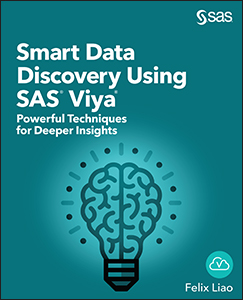
Everyone knows that SAS has been helping programmers and coders build complex machine learning models and solve complex business problems for many years, but did you know that you can also now build machines learning models without a single line of code using SAS Viya? SAS has been helping programmers

Nowadays, recommendation engines can be found just about everywhere from news websites to e-commerce sites to online streaming services. However, customers frequently encounter recommendations that are inappropriate or repetitive.
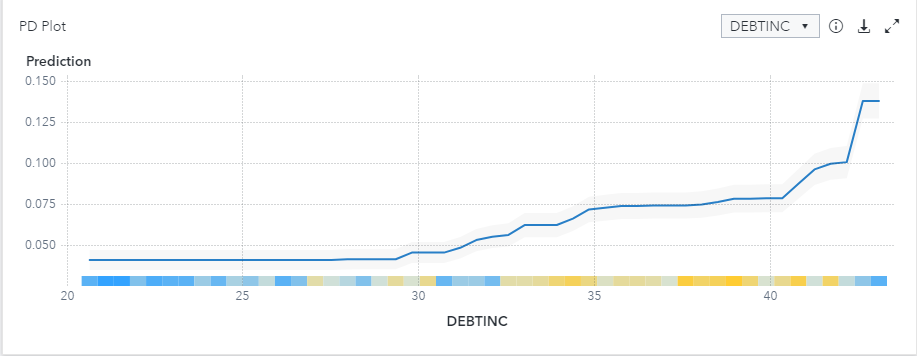
A monotonic relationship exists when a model’s output increases or stays constant in step with an increase in your model’s inputs. Relationships can be monotonically increasing or decreasing with the distinction based on which direction the input and output travel. A common example is in credit risk where you would expect someone’s risk score to increase with the amount of debt they have relative to their income.

Did you know that you can use SAS Enterprise Miner 15.1 to easily create an ASTORE? You can create an ASTORE from an HP SVM node, an HP FOREST node, and also from some SAS Viya Code Nodes! This blog will show you how.

Validating and testing our supervised machine learning models is essential to ensuring that they generalize well. SAS Viya makes it easy to train, validate, and test our machine learning models.
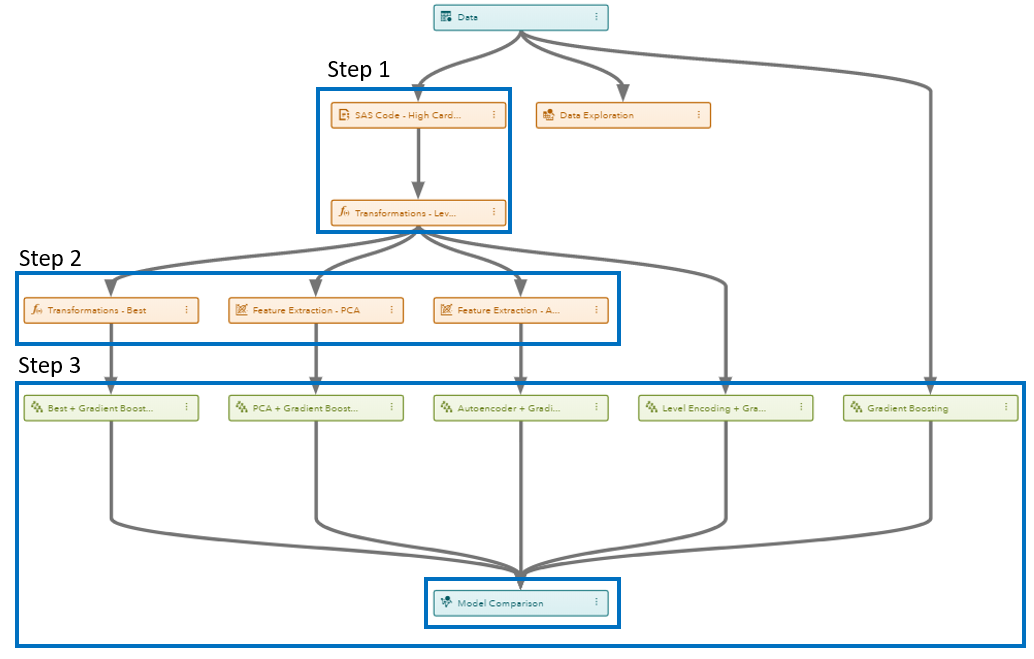
In machine learning, a feature is another word for an attribute or input, or an independent variable. What is feature engineering? Feature engineering is a process of preparing inputs for machine learning models. The goal of feature engineering is to to improve classification accuracy by considering the limitations of the

When I was in Denver for SAS Global Forum 2018, one of our customers asked me for three use cases that show strong return on investment for analytics in today's electric utility industry. Since our energy team has identified at least 125 separate use cases that show how analytics can